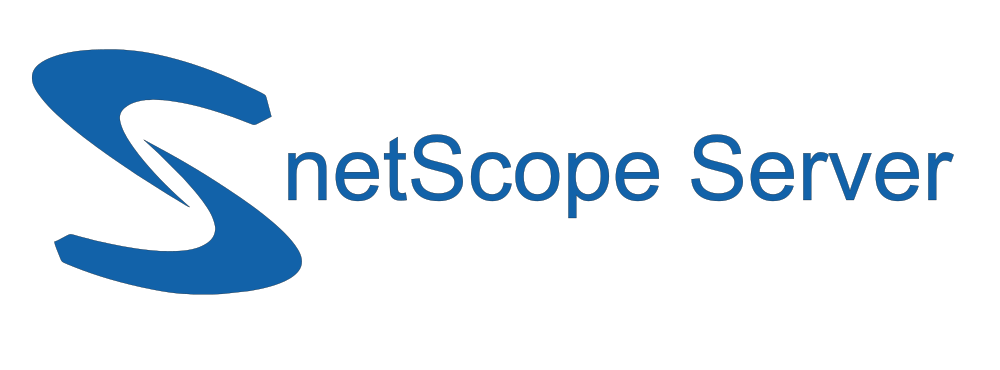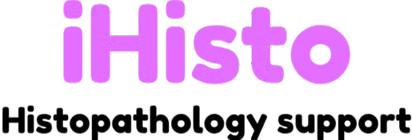netScope® Server
On-Premises
Organize, store and archive your whole slide imaging data. Simply make this WSI data available to your customers or colleagues in-house (smilar to a PACS for histological data), worldwide (similar to a cloud) or both at the same time. Use netScope Server as an wsi image management system and assign authorizations, e.g. for downloading, viewing or commenting on your WSI data. Collaborate with others on the same file. Additionally, you can automate some processes using barcodes and QR codes, distribute slides to your customers without having to send them manually. Or use netScope Server in teaching, show many people what you are talking about at the same time.
- Utilizes Microsoft Internet Information Service (IIS)
- Integrate and extend existing folder structures
- Simple administration via the browser
- Users
- Create multiple users in batch mode incl. default settings such as authorizations and personal folders
- Single sign-on via SAML 2.0
- User groups/roles
- Visibility/access of groups and group members can be customized individually and hierarchically
- 16 different authorizations
- Automated deletion of group members and their personal folders possible
- Slides
- Users
- Merge and manage information on specimens
- View slides in the browser (WebViewer)
- Display annotations and quantification (from netScope Viewer)
- Create annotations
- Use the channel settings of the netScope Viewer
- Select different Z planes
- Select different times
- Give ratings and comments
- Work togehter with other on the same slide
- Generate histogram
- Create standardized documents, query information and export as CSV or XLS file
- Connect to netScope® Viewer to view and edit slides and share settings (annotations, channel settings, ...) with others
- Audit-Trail (Track all changes)
- Over 60 different file permissions that can be combined as permission templates such as “read permission” or “write permission”
- Upload slides (via netScope Viewer or browser)
- Download slides (via netScope Viewer or browser)
- Automation of uploads, automatic sorting and enrichment of data in documents
- Search for annotations, document fields or comments

Demo-System
You can see some functions of the netScope® server on our demo system.
For a look at the general use of the system, go to
To see the handling of fluorescence channels and slides in general, go to
Here you can have look on the supported formats of netScope® Server.
Licensing options
You are interested in our networking products?
With one click on "Licensing options" you will be directed to the overview.
Compare our offers and find the ideal version for you.
On questions or if you are interessted just contact us here.
System requirements
Server
- 16 Gigabyte internal memory
- Windows Server 2012 R2 or higher
- Microsoft .NET Framework 4.7.2 or higher
- Microsoft IIS
- Microsoft SQL Server 2012+
- 16 Gigabyte internal memory
- Microsoft Windows Server 2020 (64-Bit)
- Microsoft .NET Framework 4.7.2




